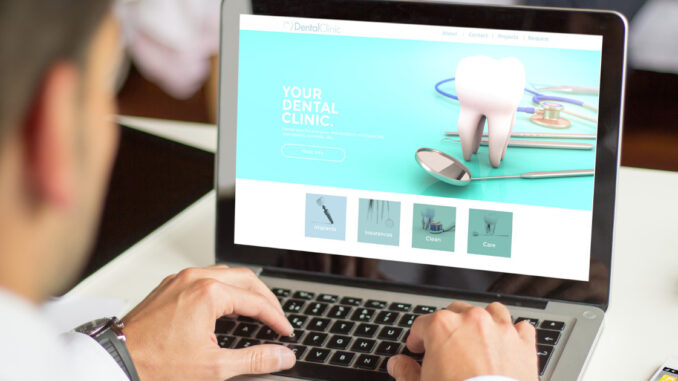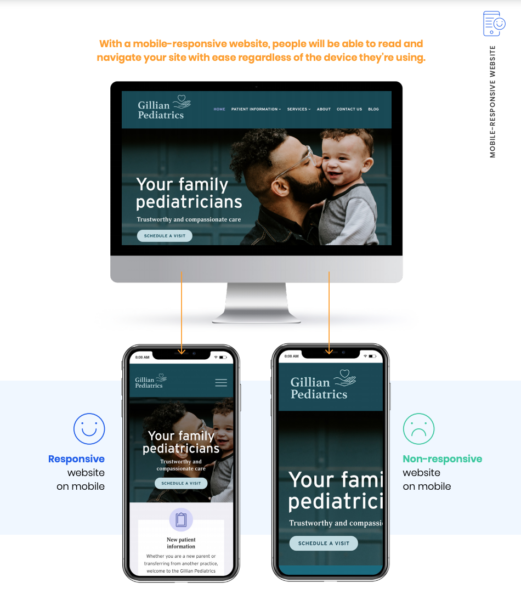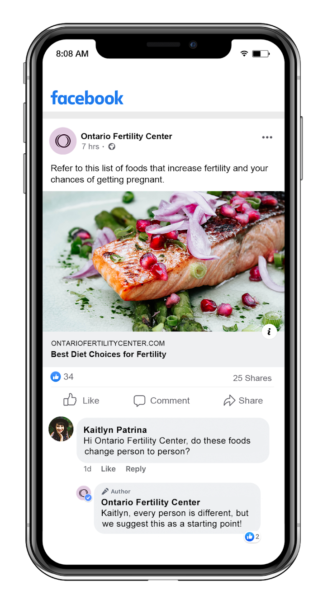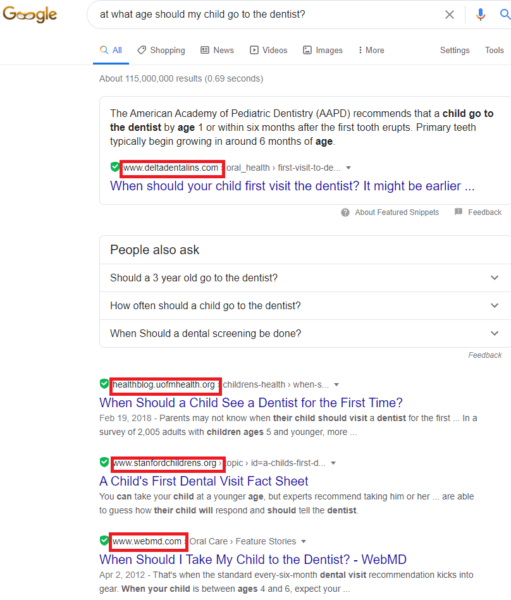
You know how important it is to reach new patients and keep your practice growing. It’s something all healthcare providers have to think about. But how do you manage your digital marketing while running a dental practice and taking care of patients?
In the age of social media, automated emails, and websites that load quickly on mobile phones, you can reach out to patients in seconds and they can find you just as quickly. As long as you use these five must-have digital marketing tools:
This article will show you how these modern tools power effective digital marketing for dentists and how you can use them to expand your practice without having to add hours to your day.
We make it easy to build loyalty with patients and clients, drive referrals, and grow your center.
1. A mobile-responsive website
Today’s dental patients don’t just pick up the phone and call a dentist someone recommended. People want to do their own research and find out what to expect — what the dentist specializes in treating, whether they have accommodating payment plans, and more.
If you want to earn people’s trust and get them on board as patients, you absolutely need a well-designed professional website that is optimized for mobile devices.

Approximately 56 percent of searches happen on mobile devices. Your website needs to look beautiful and function seamlessly on mobile. That’s easy to achieve with Constant Contact’s site builder, which automatically optimizes every website built using the platform.
2. An email marketing tool and plan
When it comes to staying in touch with your current and former patients, nothing beats email for dental office marketing. Just by touching base regularly — once a month or more is ideal — you can stay top of mind with not only your current patients but also past and potential future patients, who have signed up to hear from you. Use email opportunities to share oral health information and tips such as:
Don’t let the idea of regular email messages intimidate you. With Constant Contact’s custom-designed and mobile-responsive email templates, you can create enticing email campaigns in minutes. You can also schedule email messages to go out at certain times, so it’s easy to stay consistent.
3. A primary social media channel
Social media is another powerful element of digital marketing for dentists. Being active on social media might seem overwhelming at first, but no one said you have to jump in and be everywhere at once. It’s much easier to start strong with one social channel.
If you’re not sure where to start, try Facebook. At 2.7 billion global users, Facebook is the most popular online social media platform today, and it lets you share all kinds of news and updates about your practice.
When sharing content online, it’s important to stay HIPAA compliant — so avoid sharing patient information and don’t post any videos or photos of patients without written consent. There’s plenty you can share legally and ethically, including:
Always review your recent posts for comments and respond so people feel connected and engaged with you and your practice. Don’t offer individual advice; instead, point people to your website or blog for more information:

By posting regularly on social media and responding to comments, you can keep in touch with your current patients and followers. You can also reach out to new patients by running a paid ad campaign.
If you’ve never done paid ads before, don’t worry. Constant Contact has an easy-to-use ad builder tool that will help you put together a great-looking promotion.
4. Up-to-date business listings and reviews
Facebook and individual practice websites are just some of the ways today’s dental patients learn about providers. A recent survey showed that 90 percent of patients use reviews to find healthcare providers, and 71 percent start with reviews as their first step in finding someone to see.
You want to be in control of what visitors find, so it’s important to manage your reviews and listings online. That includes your listings on more general sites like Google My Business or Yelp, as well as healthcare and dentistry-specific sites like Healthgrades and 1-800-Dentist.
Make sure your listing is complete and accurate, and look at any reviews you might have. If a review is positive, reply with a thank-you! If a review is negative, it’s even more important to reply. Among the many consumers who read online reviews, 97 percent read the business’s response. They’re observing your professionalism, empathy, and commitment to the patient experience.
Always reply with understanding and apologize that the patient had a bad experience, even if you’re sure the patient was in the wrong. Remember, what you say online will be many people’s first experience with you as a care provider. You can explain the situation gently if it’s appropriate — for example, if a technical error deleted a patient’s appointment time — but don’t get defensive.
End by offering a solution. If you can’t resolve the issue easily, offer to contact the patient offline, or provide your contact information so that they can contact you. If the patient responds positively, you may regain a lost patient and attract new ones with a single comment.
5. An easy way to create content
When people have a health question today, they’re more likely to check the internet than call a doctor or dentist directly.
And, every time someone searches for information about a medical or dental topic, they get a page of results like this one:

Each search result represents content marketing. The article or blog post answers a question that the searcher asked, and when the person clicks, they go to the host website. If the article is helpful enough, the visitor might stick around, read more articles, and may even become a patient.
You can do the same by hosting a blog on your website. It’s free, as long as you have an active site. And, a relevant and up to date blog helps to establish trust with new and existing patients alike.
Bringing it all together
Now that you know how to use email, social media, blog content, and web searches to power digital marketing for dentists, you can start tying the different strategies together.
Maybe start a blog and use your social media page to promote your new posts. When people go to read the post, perhaps they’ll tap on a link to your new mobile-optimized website with information about your practice. It’s all possible, even if you’re new to dental internet marketing. Use , our comprehensive digital marketing resource, for inspiration. All you need to do is make one small change at a time — you never know which one will bring in your next lifelong patient!

Leave a Reply